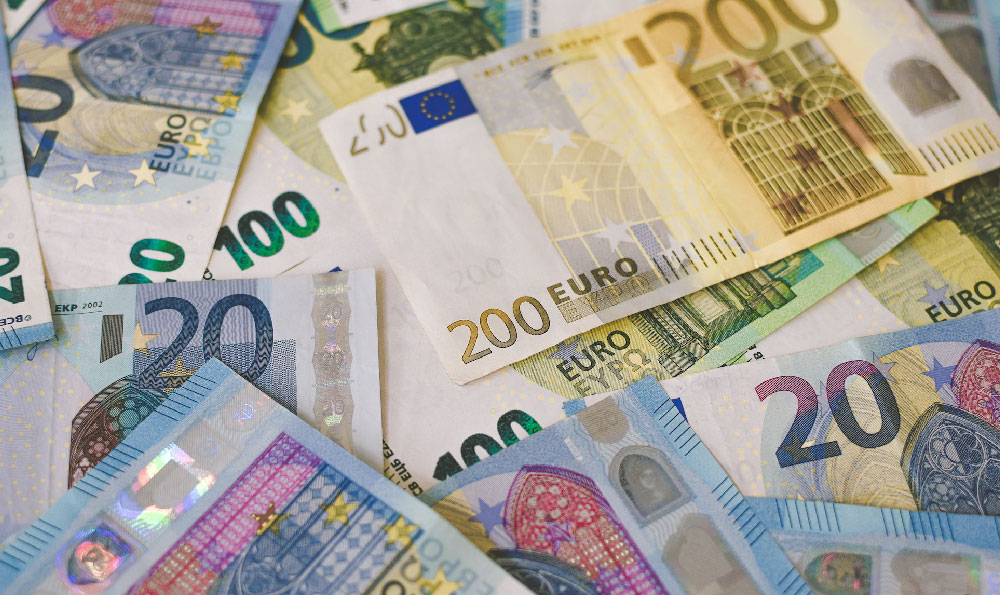The National Basketball Association (NBA) operates as a multi-billion dollar entertainment and sports enterprise, drawing its vast revenue stream from a diverse and interconnected ecosystem of sources. Understanding how the NBA generates revenue requires a deep dive into broadcasting rights, sponsorships, ticket sales, merchandise, and various ancillary income streams that contribute to its financial success.
One of the most significant revenue generators for the NBA is broadcasting rights. The league negotiates lucrative deals with national and international television networks and streaming services. These agreements grant broadcasters the right to air NBA games, highlights, and related programming. In return, the NBA receives billions of dollars annually, which is then distributed among the teams. The value of these broadcasting rights is driven by the NBA's popularity, the star power of its players, and the overall entertainment value of its games. National deals with networks like ESPN, TNT, and ABC are cornerstones of this revenue stream, but also increasingly important are streaming partnerships with platforms such as Amazon and YouTube TV, recognizing the shift in how viewers consume content. The growing global appeal of the NBA further enhances the value of international broadcasting rights, expanding the league's reach and generating significant revenue from markets outside the United States.
Sponsorships represent another crucial pillar of the NBA's revenue model. Corporations eagerly seek partnerships with the league, individual teams, and even specific players to gain exposure to the NBA's vast and engaged audience. These sponsorships can take many forms, including arena naming rights, jersey sponsorships, official partnerships, and endorsements. Companies pay substantial fees for the privilege of associating their brands with the NBA, leveraging the league's positive image and brand recognition to reach millions of fans. From Gatorade being the official sports drink to Nike being the official apparel provider, the NBA strategically selects partnerships that align with its values and enhance the fan experience. The emergence of e-sports and gaming has also opened up new avenues for sponsorships, with companies seeking to engage with the younger, digitally-savvy audience that follows NBA 2K and other basketball-related games.

Ticket sales are a more traditional, yet still vital, source of revenue for the NBA and its teams. The demand for tickets to NBA games is consistently high, especially for marquee matchups and playoff games. Ticket prices vary significantly depending on factors such as seat location, team performance, and opponent. In addition to individual game tickets, teams also generate substantial revenue from season ticket packages, which offer fans guaranteed access to all home games at a discounted rate. Premium seating options, such as courtside seats and luxury suites, command even higher prices and contribute significantly to overall ticket revenue. Dynamically priced tickets, which fluctuate based on demand and other factors, have become increasingly common, allowing teams to maximize revenue during periods of high demand.
Merchandise sales, encompassing apparel, accessories, and memorabilia, contribute significantly to the NBA's bottom line. Fans demonstrate their loyalty and passion for their favorite teams and players by purchasing jerseys, t-shirts, hats, and other branded merchandise. The NBA operates its own online store and licenses its trademarks to retailers worldwide, ensuring that fans have access to a wide variety of officially licensed products. Player-specific merchandise, featuring the names and numbers of star players, is particularly popular. The NBA also generates revenue from the sale of limited-edition and collectible items, such as autographed memorabilia and commemorative merchandise. The rise of e-commerce has further fueled merchandise sales, allowing fans to easily purchase items online from anywhere in the world.
Beyond these core revenue streams, the NBA also generates income from a variety of ancillary sources. Revenue from the NBA Summer League, a developmental league that showcases young players, contributes to the league's overall earnings. The NBA also profits from its involvement in international events, such as pre-season games and tournaments played in overseas markets. The league also benefits from the sale of NBA League Pass, a subscription service that allows fans to watch live and on-demand games online. Furthermore, revenue is generated from the licensing of NBA-related content for video games, movies, and television shows. The NBA's proactive approach to embracing new technologies and platforms ensures that it remains at the forefront of the entertainment industry and continues to generate revenue from emerging sources.
In conclusion, the NBA's impressive revenue generation is a result of a sophisticated and diversified strategy. By leveraging broadcasting rights, sponsorships, ticket sales, merchandise, and various ancillary income streams, the NBA has created a financially robust and sustainable business model. The league's ongoing commitment to innovation, globalization, and fan engagement ensures that it will continue to thrive as a leading force in the world of sports and entertainment for years to come. The interconnectedness of these revenue streams is crucial to the NBA's financial health. For example, strong broadcast ratings can attract more sponsors, and popular players can drive both ticket and merchandise sales. This holistic approach allows the NBA to maximize its earning potential and maintain its position as a global sports powerhouse.











